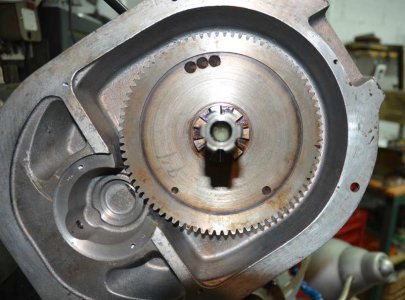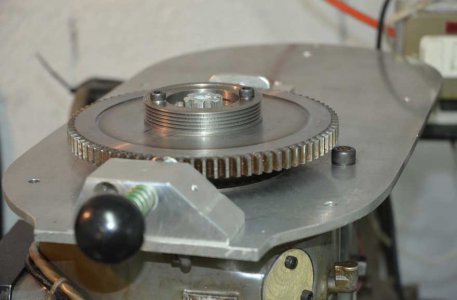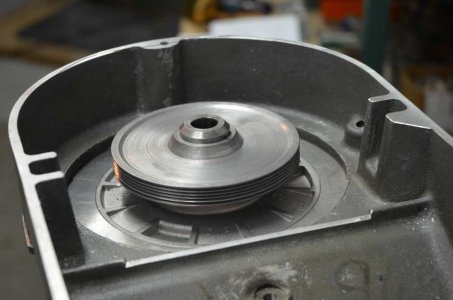- Joined
- Apr 25, 2024
- Messages
- 52
See right now it’s just going 3.5”-7”/3.5” - 7” say I wanted just this speed only all 4 pulleys are exactly the same just opposite of each other wouldn’t it be the same if I eliminated one stage
NO. To get the same speed with a single stage you would need 3.5" to a 14". That may be hard to accommodate and that is why multiple stages are used to get high reductions.
You might find this interesting
How to make a 6000rpm Bridgeport. - HomemadeTools.net
Requirement and motivation. I have a Bridgeport mill which I bought when I lived in the US for a while. The maximum speed shown on the adjusting dial
www.homemadetools.net




